January 31st. An afternoon on the Levels and some good birds - long-tailed duck, 7 whooper swans, 7 Bewick's swans and a great white egret at Shapwick Heath, and a marsh harrier and a bittern at Ham Wall. A relatively impressive starling display near Meare Heath at dusk. Male blackcap still in the garden during the RSPB garden birdwatch.
January 30th. A short-eared owl and 2 peregrines at Aust Wharf.
January 29th. Greywell Tunnell in Hampshire is the biggest hibernaculum in Britain for vespertilionid bats, and the second biggest anywhere for Natterer's bats. My PhD student Paul Hope is studying the hibernation behaviour of Natterer's bats there, recording skin temperatures from bats with radio-telemetry tags attached. We went down the tunnel in a small boat and counted 263 Natterer's and 20 Daubenton's bats - a lower than average count.
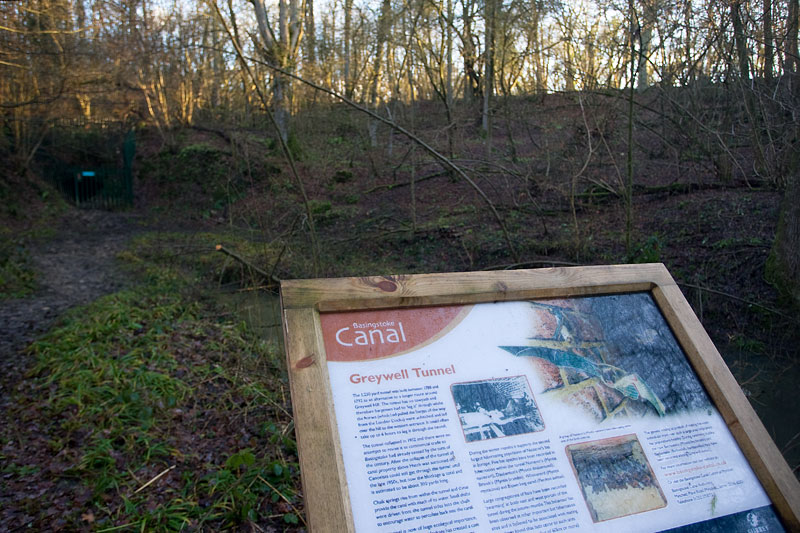
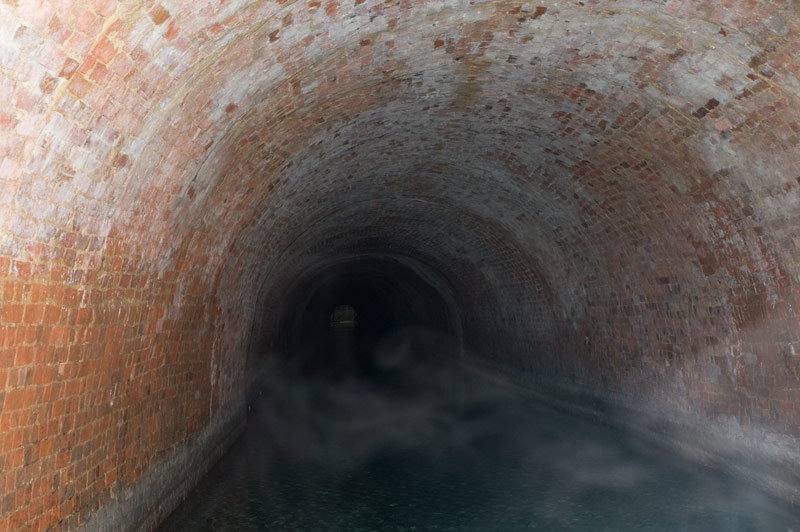
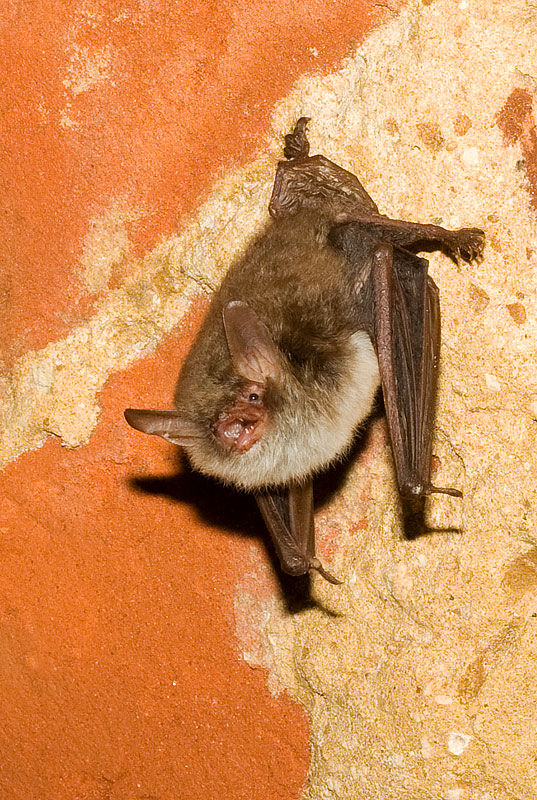
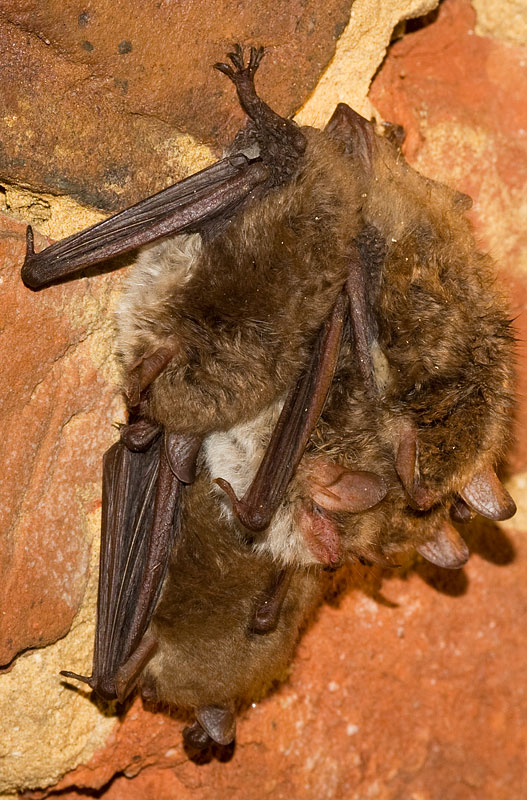
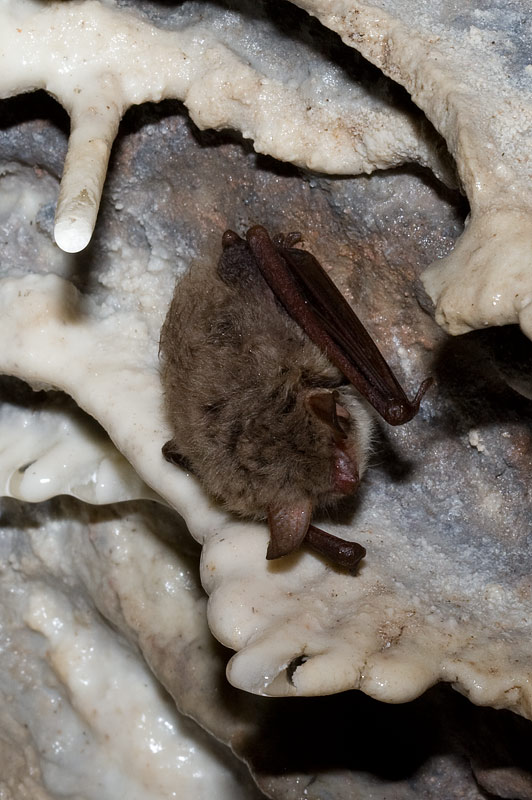
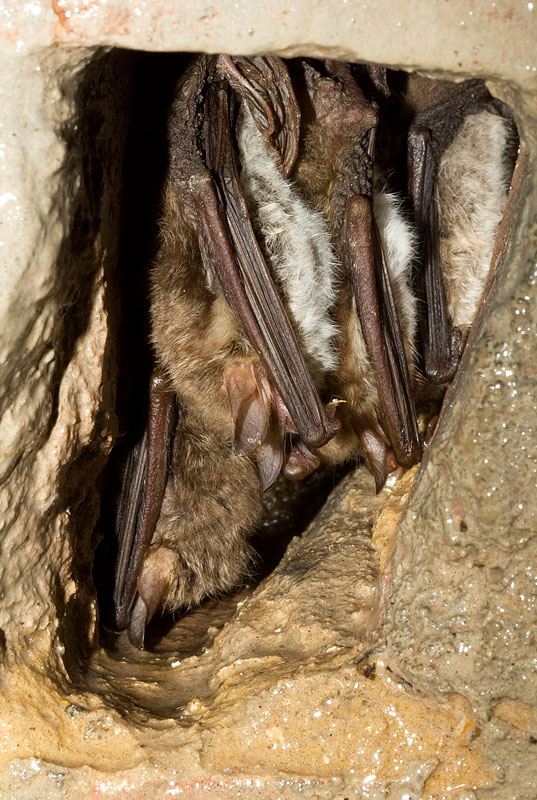
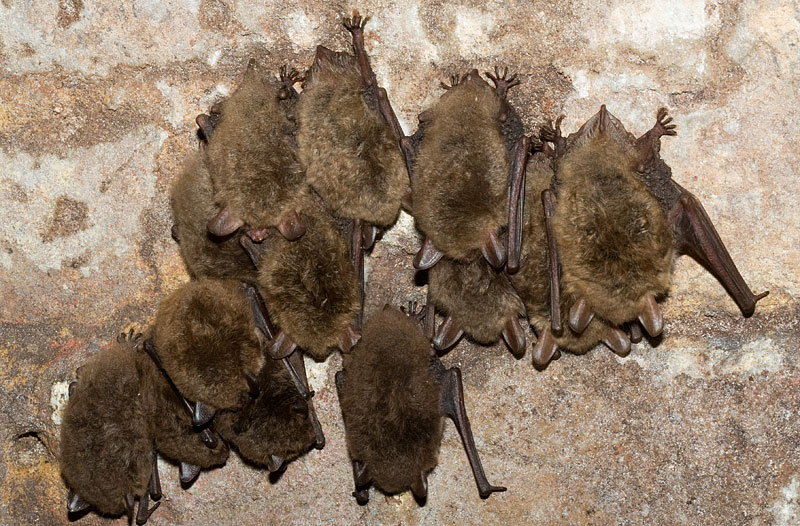
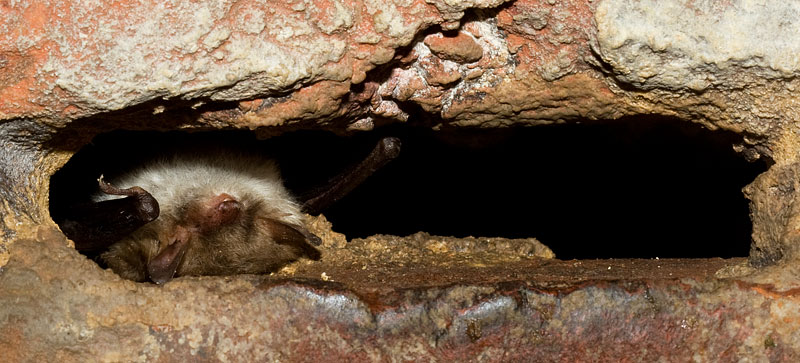
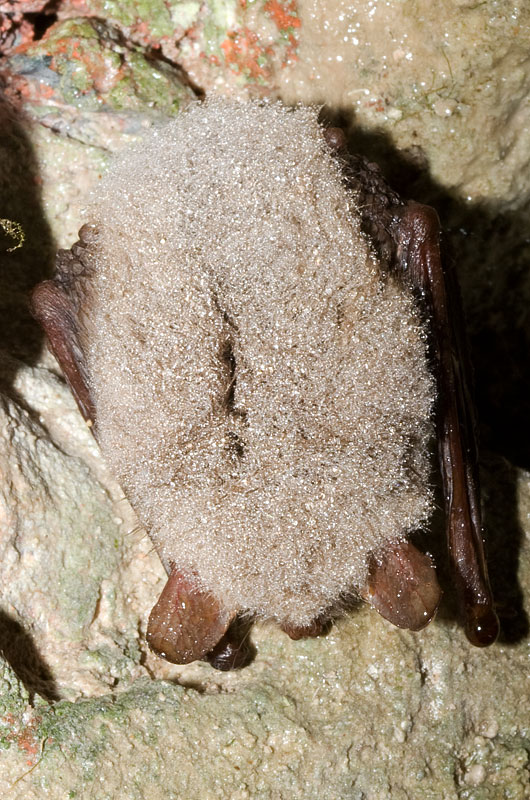
January 24th. A day doing field work around the Woodchester hibernacula allowed me to get some photos of lesser horsehoe bats.There was one cluster of 30 bats - an unusual sight in this usually solitary hibernator.

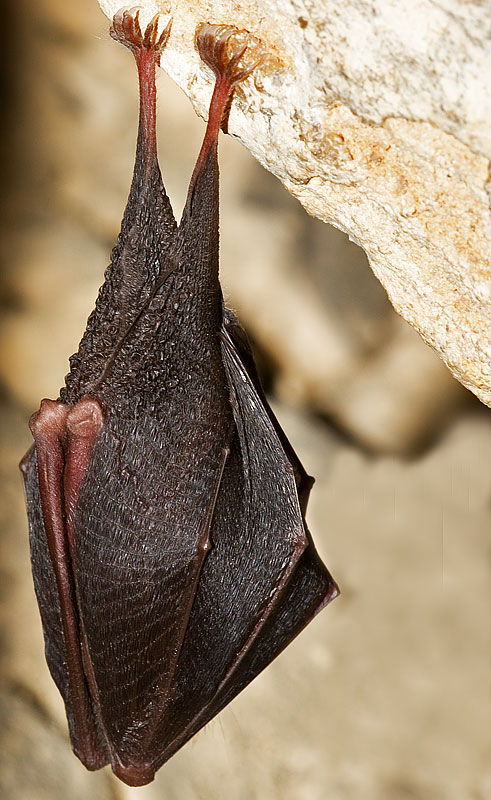
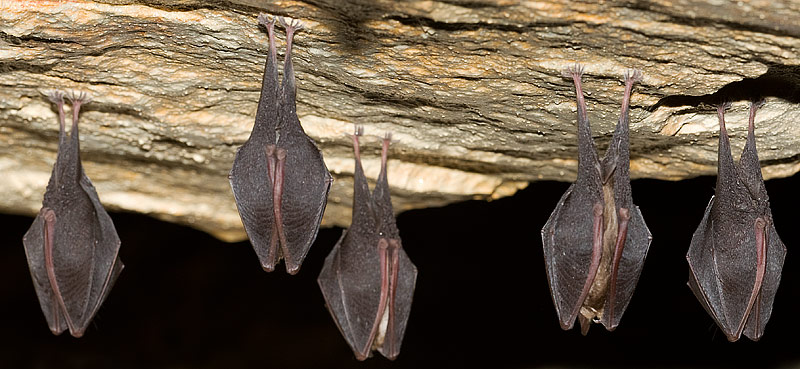


January 23rd. Battery Point, Portishead to see the black redstart, which was very confiding. At least 2 purple sandpipers here too. A couple of rock pipits and a pied wagtail also fed on the shoreline. Female red-crested pochard from Stratford Hide, Chew.
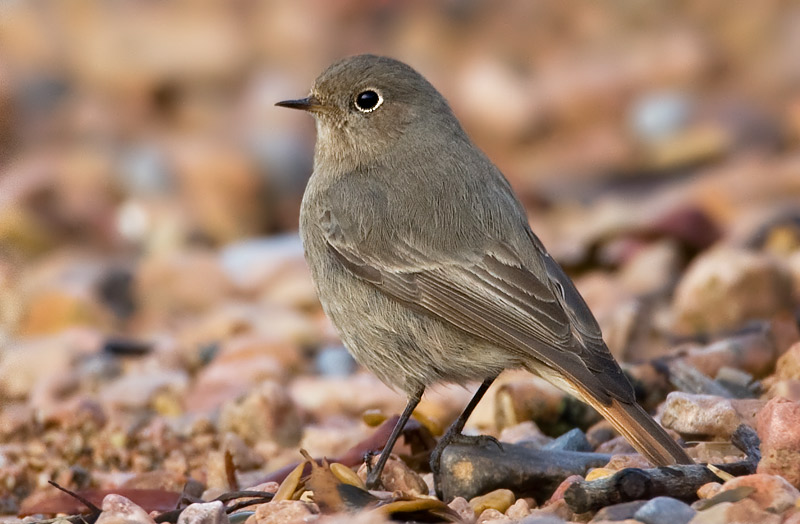
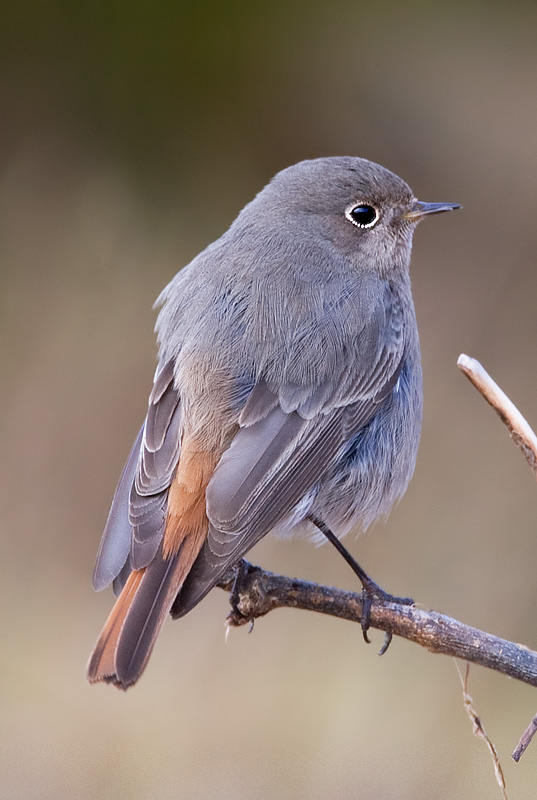
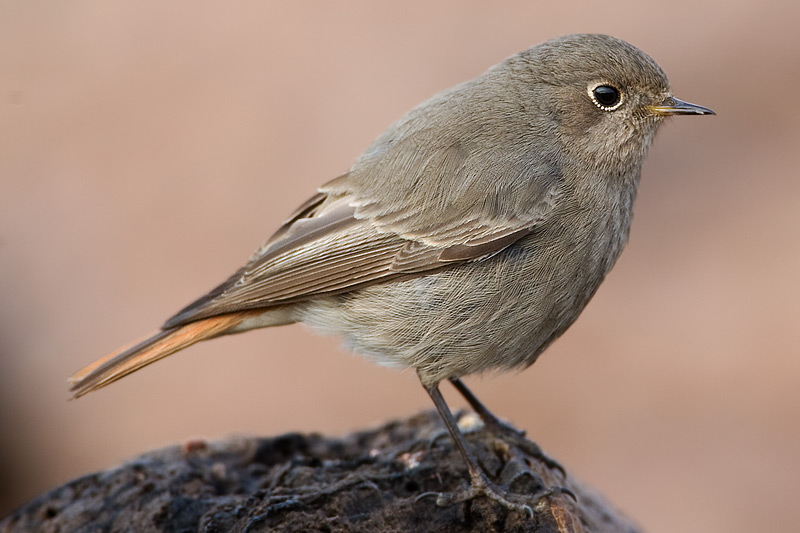
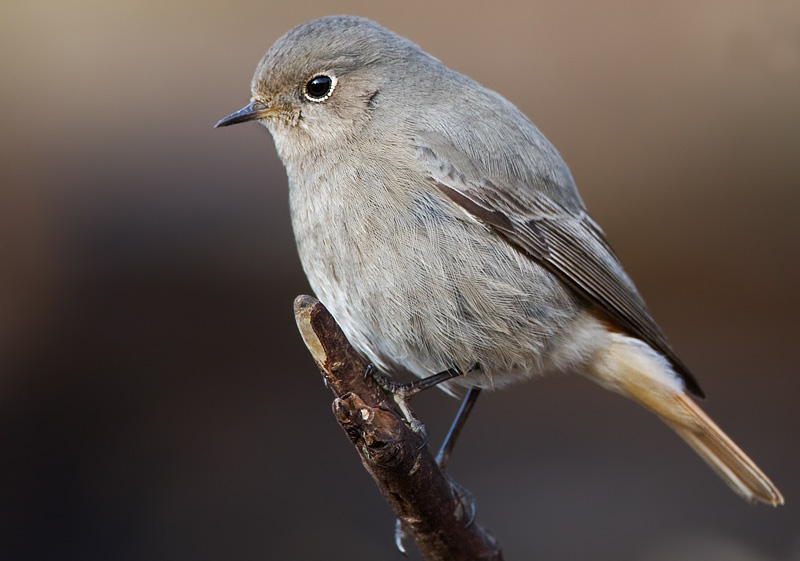
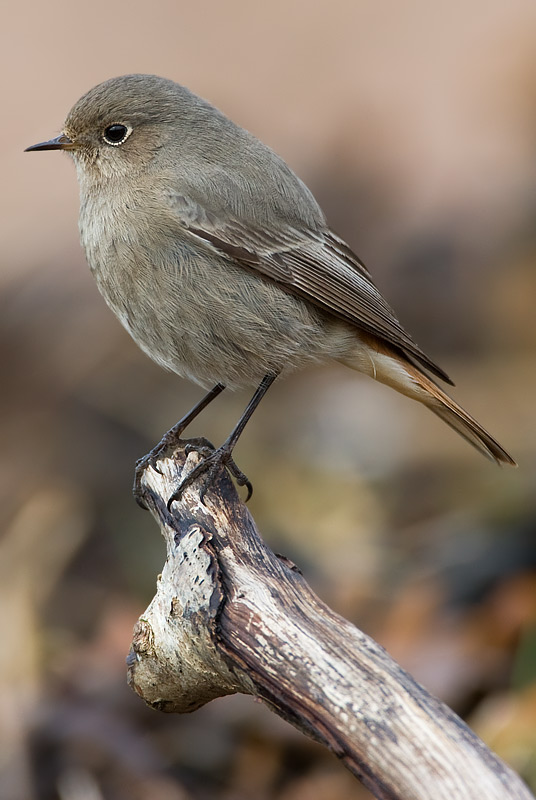
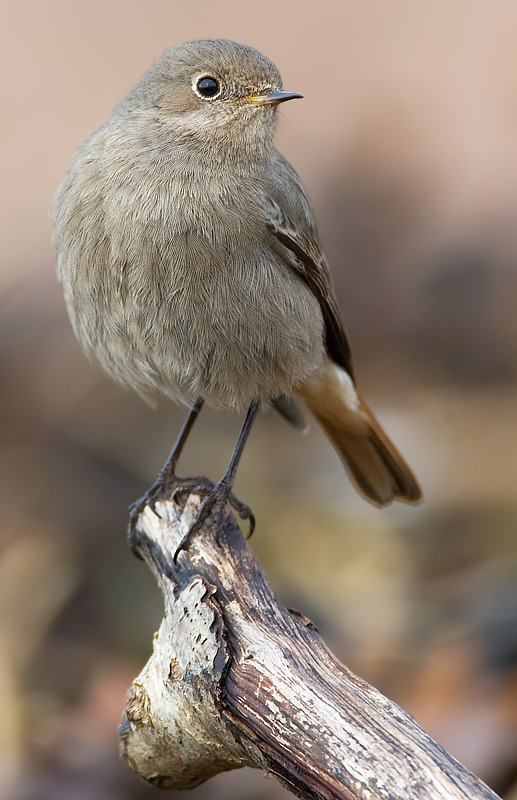
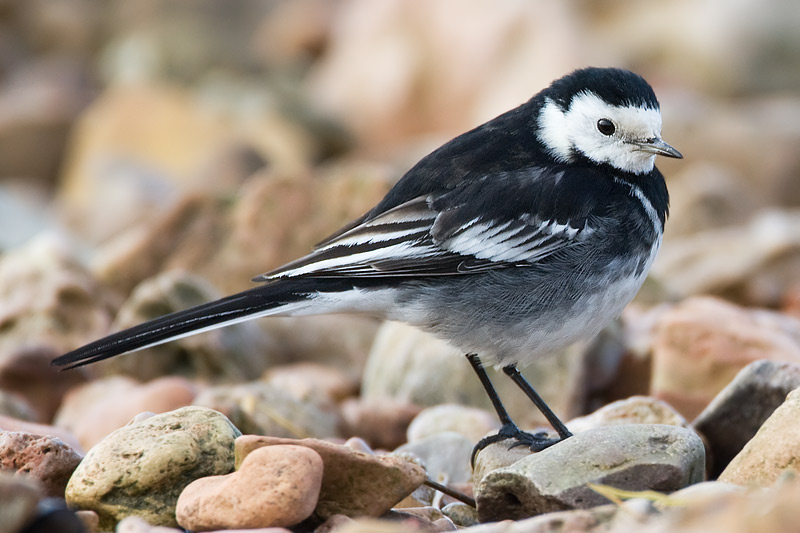
January 17th. Male smew at Barrow Tanks - first drake I've seen in 4 years. I played sit-and-wait with my rarely-used 2x extender, and eventually the bird slept about 30m in front of me.
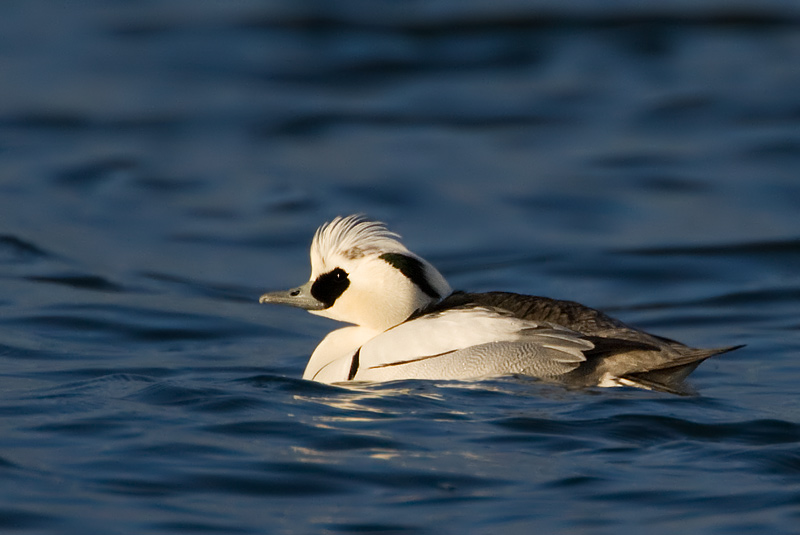
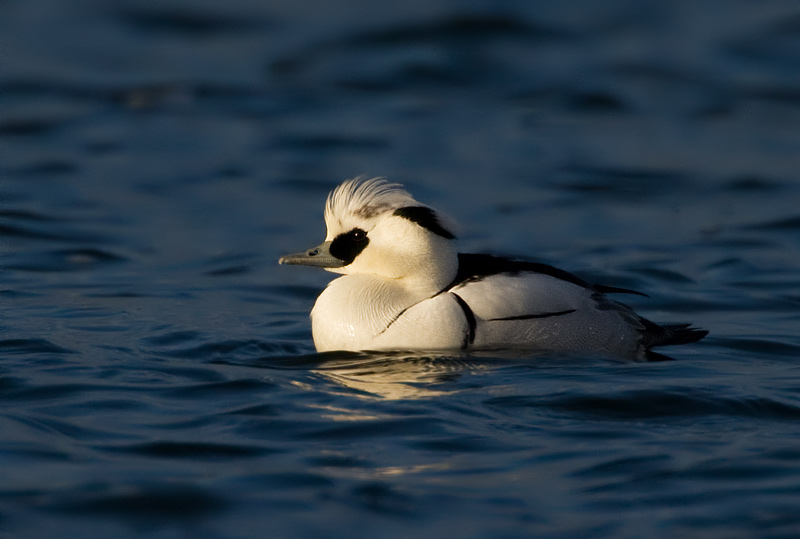
The weather has now changed completely from that earlier in the week, with temperatures in double figures and the snow and ice gone. The goldeneye are getting frisky.
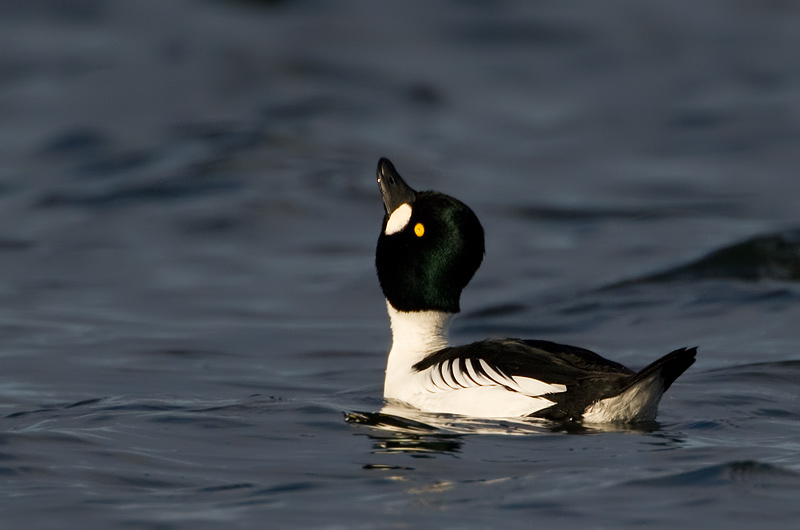
At Herriot's Bridge,Chew I saw a water rail and heard a Cetti's warbler (good to know some survived the freeze). A tame adult Mediterranean gull came to bread.
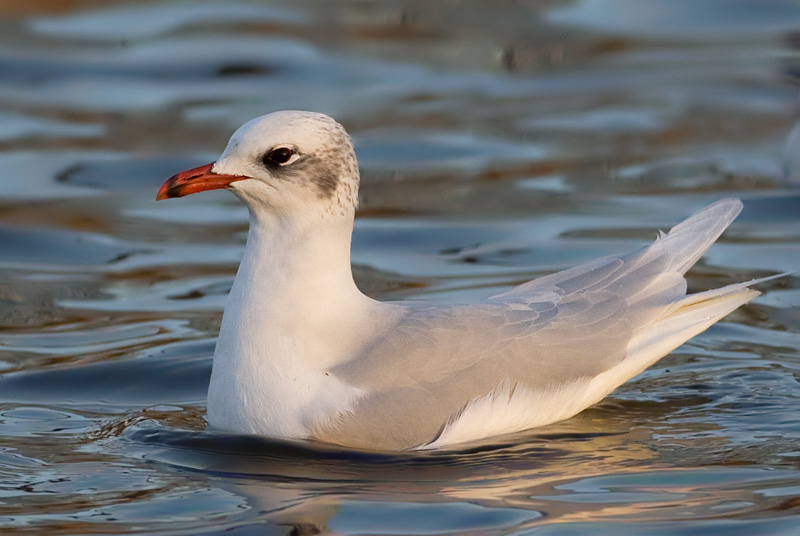
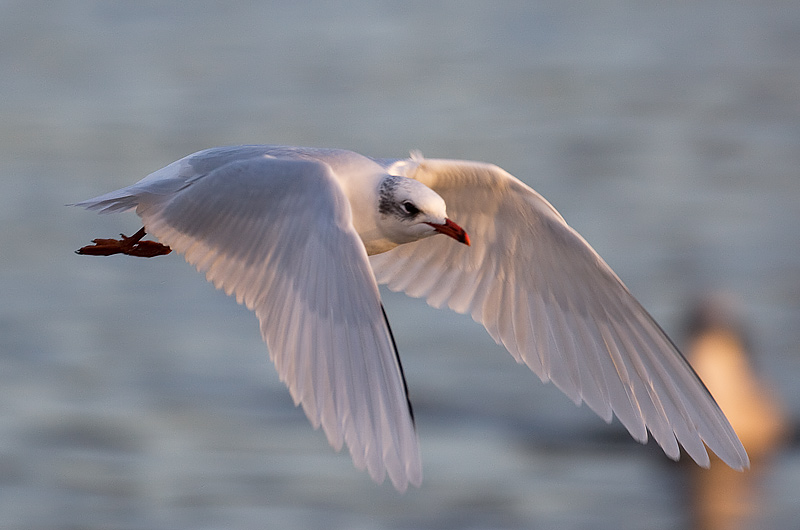
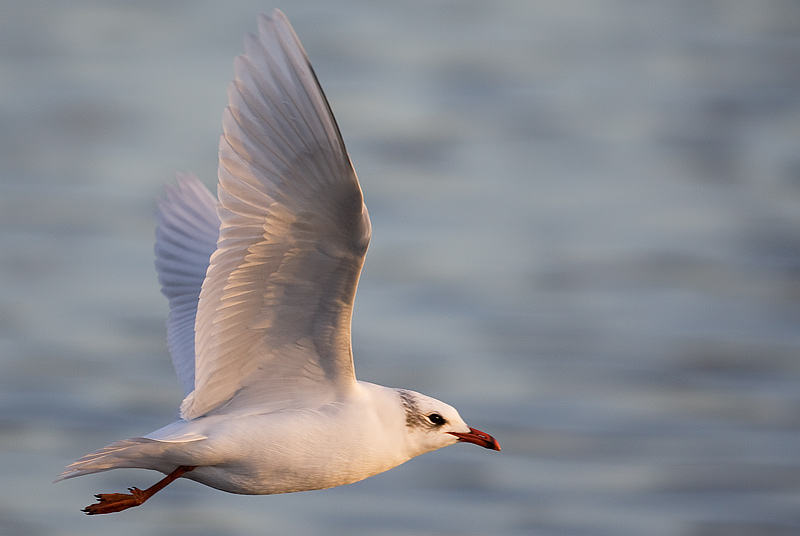
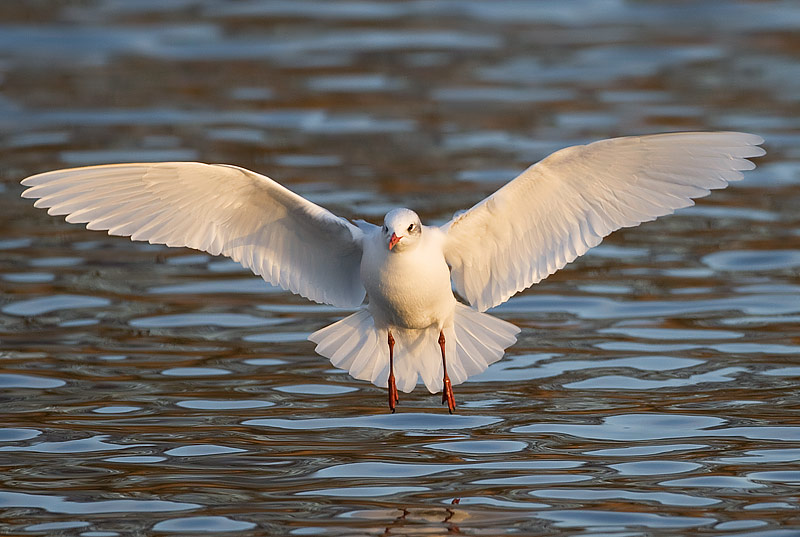
January 12th. A snipe flew out of vegetation next to a small pond along the Flax Bourton cycletrack in snowy conditions.
January 10th. Cheddar reservoir again late afternoon (Axbridge side) - caught up with the great northern diver at last (its nictitating membrane was over its left eye). I only saw 3 red-crested pochard. In the morning we walked to Gatcombe Farm in the snow, and saw a mixed flock of lesser redpolls and siskins. Below is one of the Gatcombe rheas in the snow.
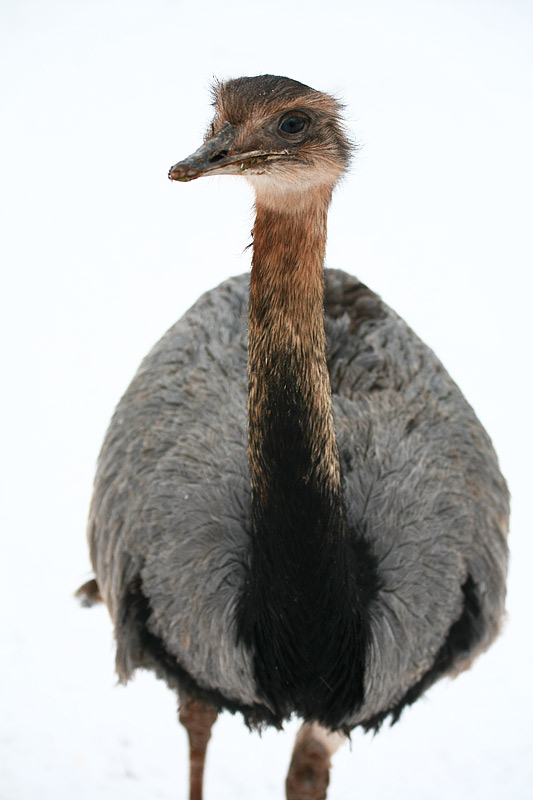
January 9th - a late afternoon visit to Cheddar Reservoir, which remains ice-free and has attracted a lot of waterbirds. It was difficult counting birds in the biting wind, and I remained at the Cheddar Tower side, but I saw 3+ black-necked grebes, a male red-breasted merganser (presumably the Chew bird - it was with a female goosander), 5 goosander, 10+ goldeneye, a male scaup, 4+ ruddy duck, a flock of at least 8 red-crested pochard (apparently 14 are present, including 9 drakes, but they were closer to the Axbridge side and difficult to see) and a redshank. .
January 7th. A woodcock flew over the A370 when I drove back towards Flax Bourton from Bristol at dusk. The male blackcap in the garden continues to chase away birds from our bird table, and is probably preventing a lot of them from feeding.
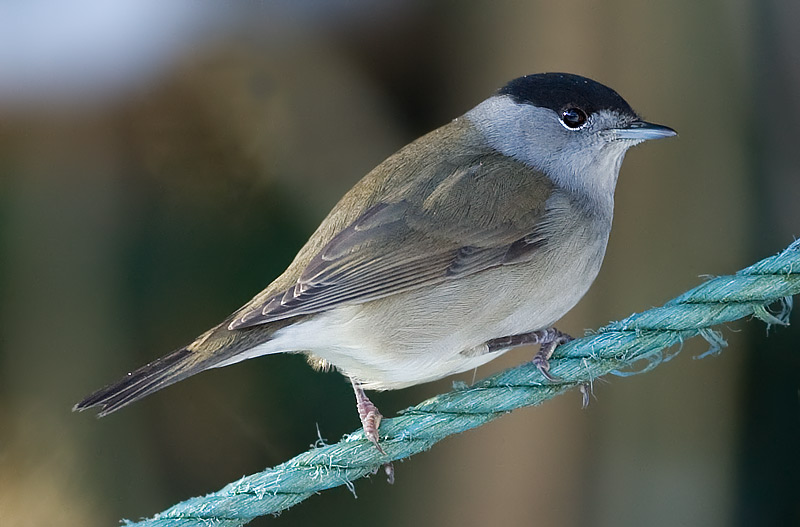
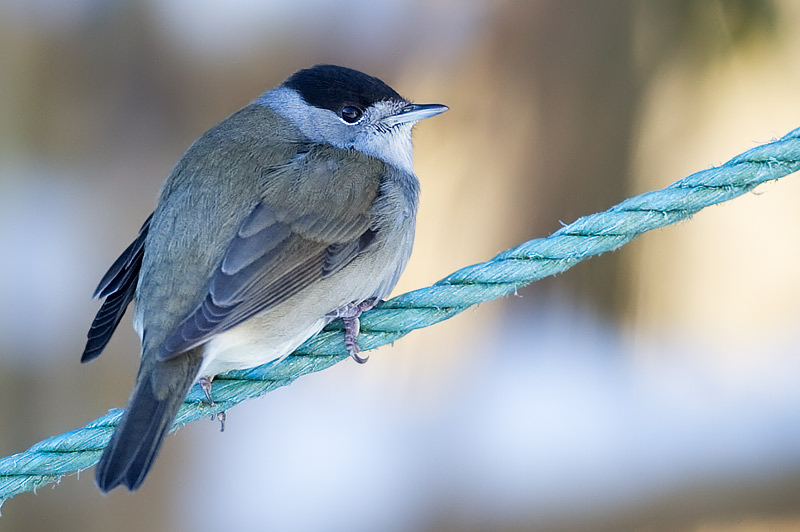
January 6th. The snow last night was the heaviest I can remember in the Bristol area after 25 years living here. We woke up on the morning of the 6th to classic winter snow scenes. The photo below is across the Flax Bourton valley towards Tyntesfield. I photographed a garden blackcap (the male has now reappeared) and a robin in the snow.
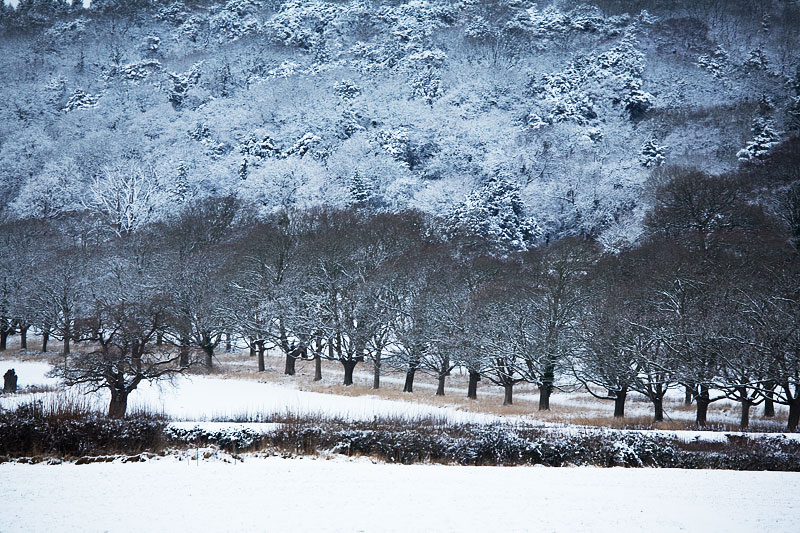
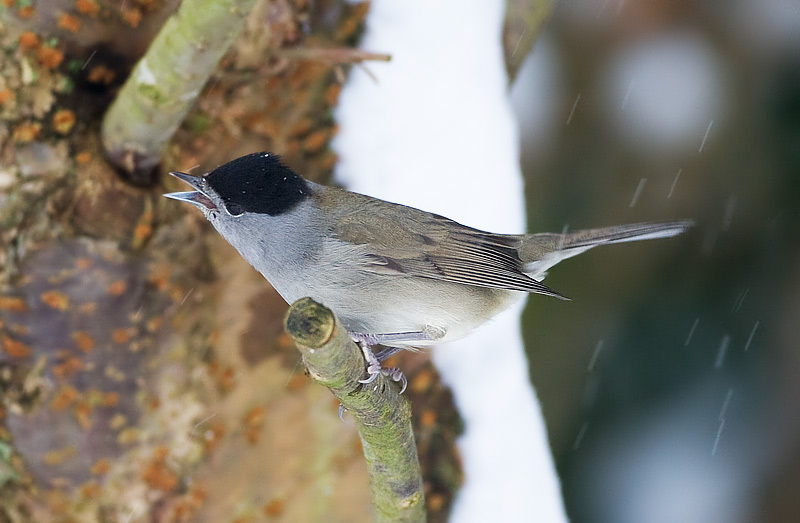
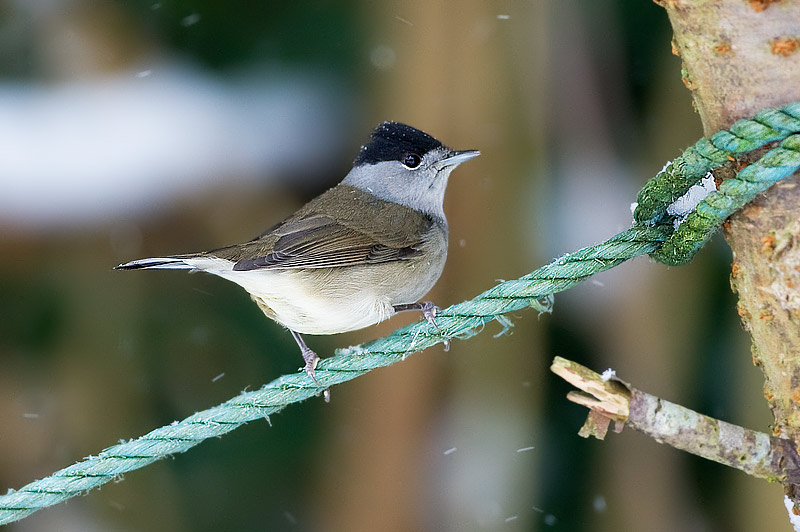
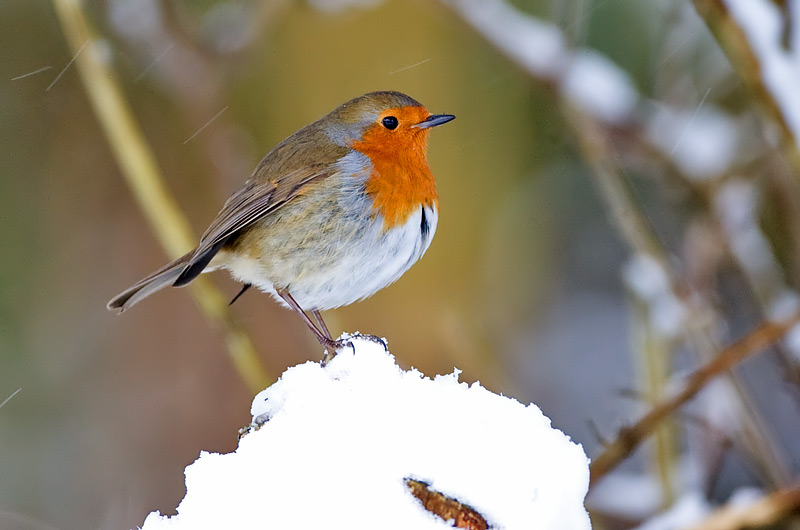
January 4th. Gigrin Farm, Powys. I'd hoped to visit again after 5 years to photograph the red kites, and when news came through of a juvenile BLACK KITE there, the decision of when to go was easy. Opinion at present is split as to whether it's a vagrant Oriental black-eared kite (see index page, and here for photos of some Japanese birds), a wintering European black kite, or perhaps an escaped bird from the Hawk Conservancy Trust centre at Andover (there are some notches in the primaries and the tail feathers are frayed - is this natural wear, or a sign of being kept captive? Some red kites showed similar features, so maybe not a sign of captivity after all). Even the possibility of a hybrid has been raised, but I see no evidence of a red kite in this bird. European black kites should have migrated from Europe to Africa for winter, though increasing numbers are now wintering in southern Europe. If it is a black-eared kite, the molecular evidence for splitting this as a species is weak - see here - so even if it is possible to distinguish the taxa reliably by plumage (which I doubt it is in juveniles), then Milvus migrans lineatus is preferable to M. lineatus in my opinion, and identification of intergrading subspecies may be impossible in many cases.
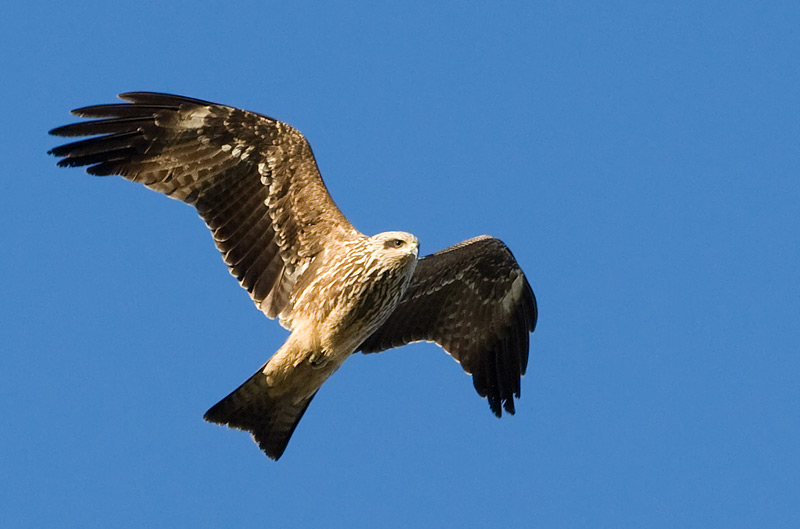
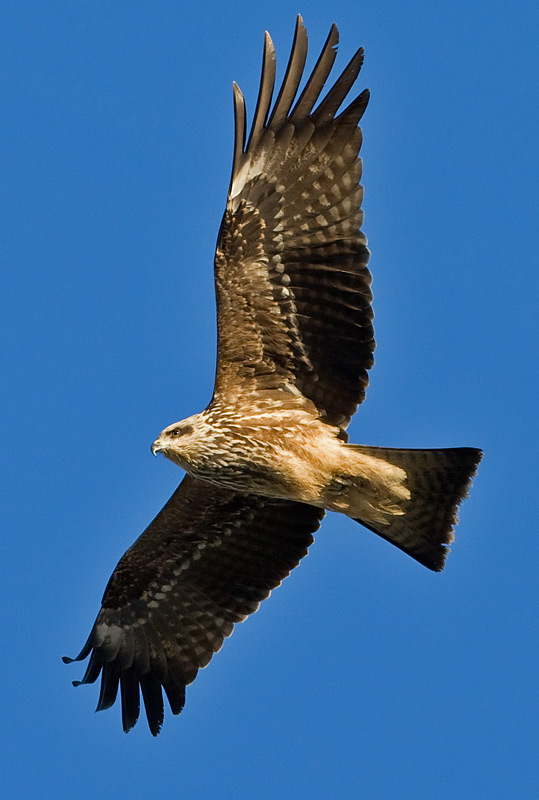
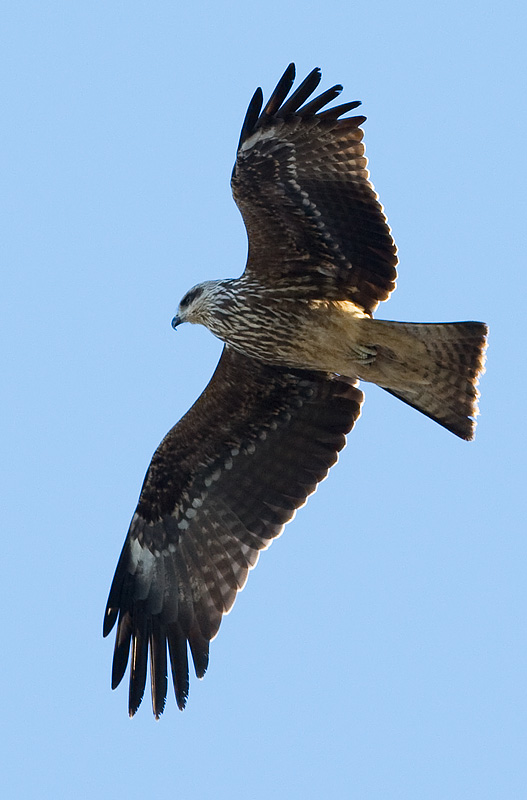
Here are some red kites for comparison (400-500 present).
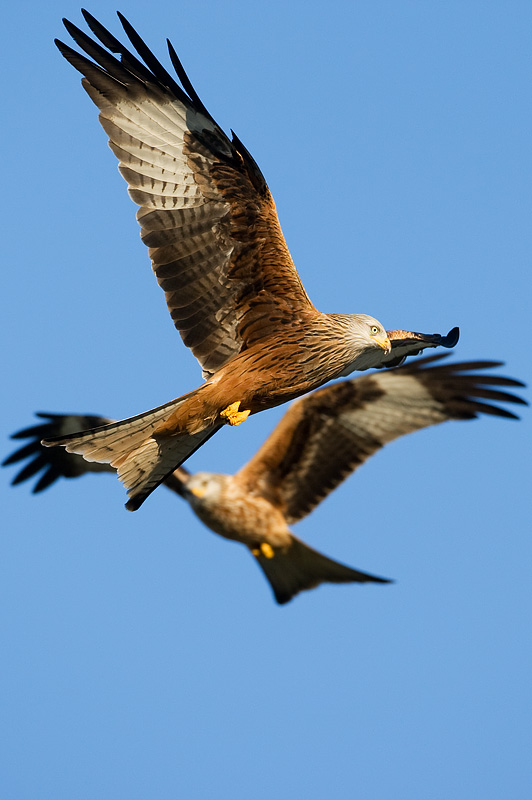
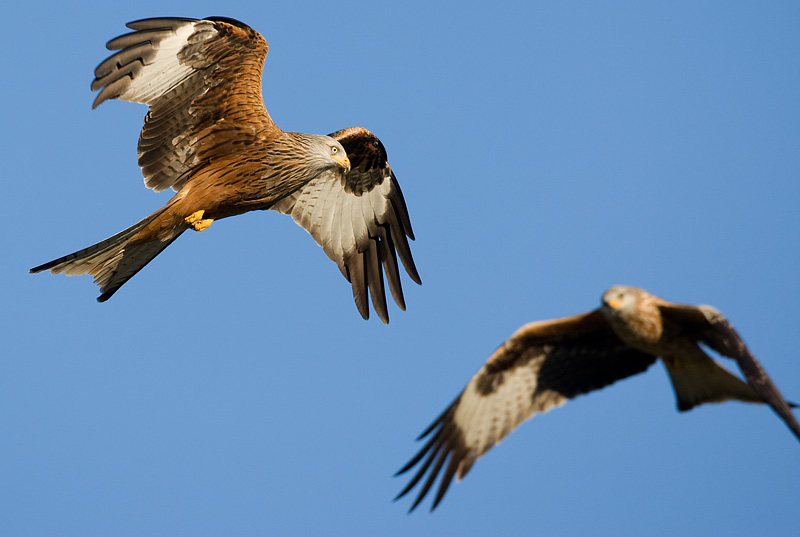
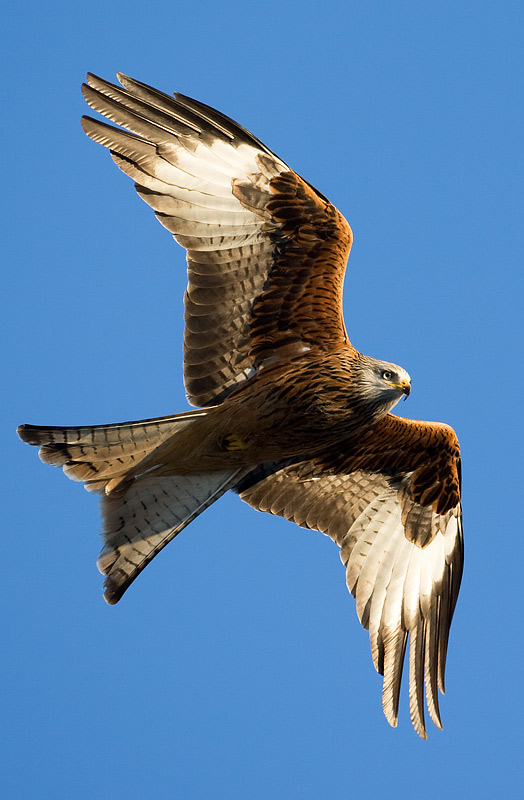
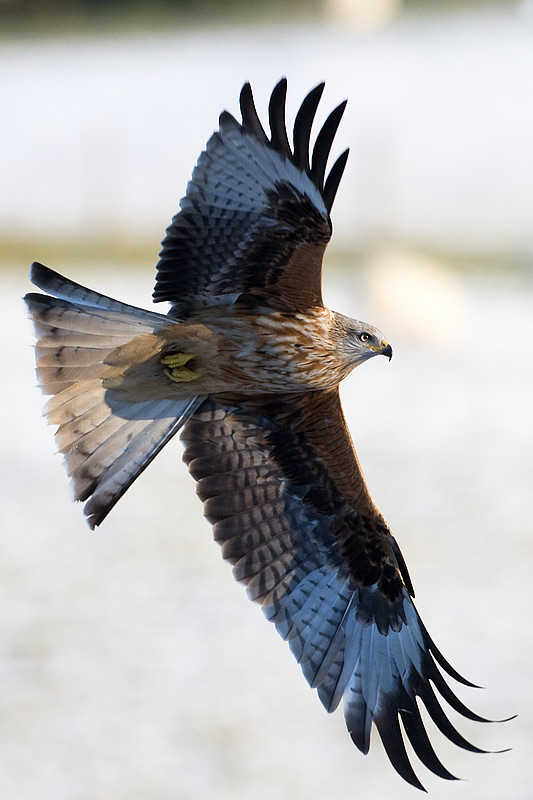
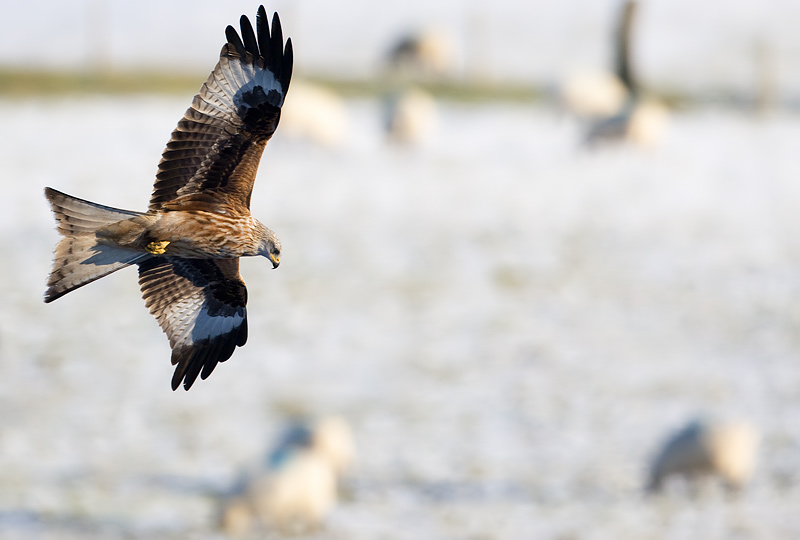
Several birds carry wing tags. Black on left means the bird hatched in Wales. The red tag on right shows it hatched in 2003.
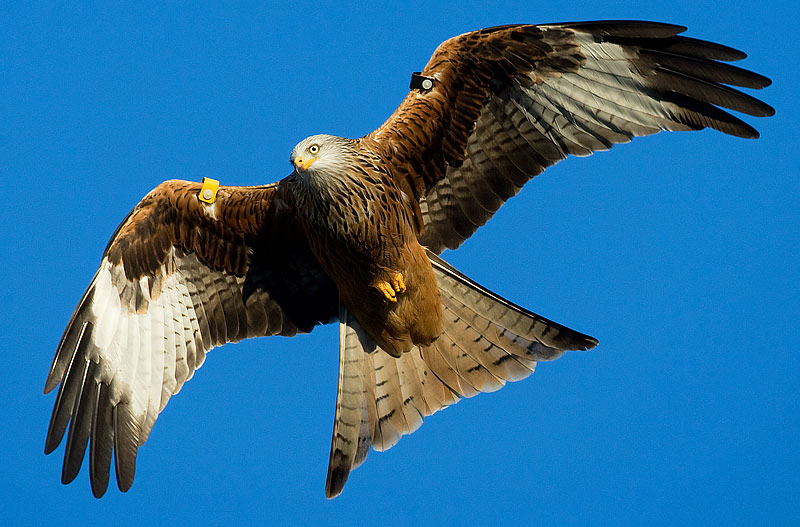
January 2nd. 2 black-necked grebes (below - interesting how their pupils contract in the sunshine, and how they keep their eyes open as they hit the water diving), the female red-crested pochard and 3 goosander at Cheddar Reservoir.
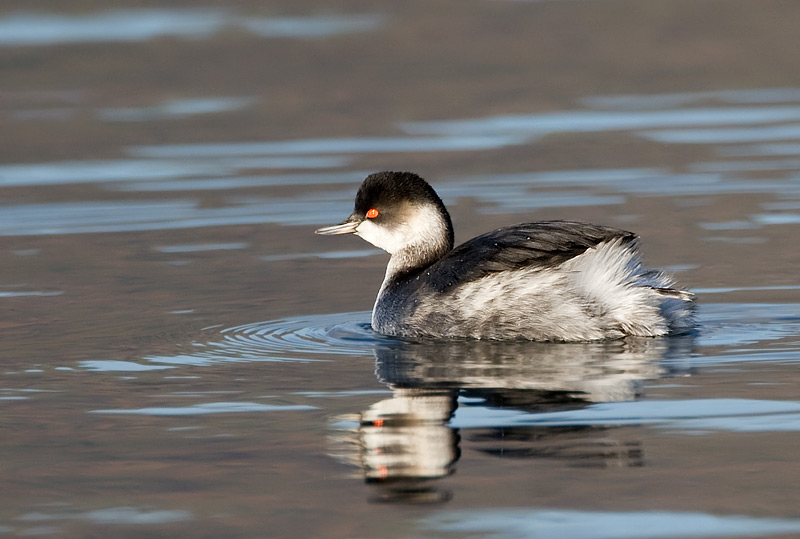
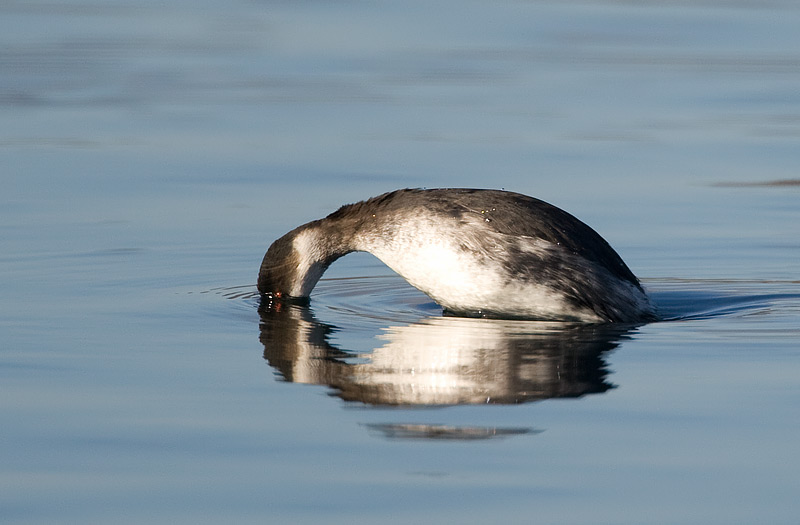
A juvenile Bewick's swan with mute swans at Westhay: at least 2 chiffchaffs here too. The 3 glossy ibis were distant at Catcott Lows. I saw another cattle egret at Sharpham.

January 1st. The female blackcap is still on our feeders. A quick trip to Chew in icy conditions to see the long-tailed duck (Bernard King hide) and the cattle egret (Heron's Green).
211 UK birds in 2009 - one less than in 2008. Only 4 lifers - little bittern, roseate tern, brown shrike and Wilson's phalarope - all relatively local except for the shrike. Other highlights were the Oldland hawfinches, the eagle owl at work (until its demise), purple heron, cattle egret, ferruginous duck, ring-necked duck, red-crested pochard, smew, and long-billed dowitcher at Chew, Leach's petrels at Severn Beach, black-throated diver and yellow-browed warbler in Somerset, American wigeon and long-eared owl in Glocs, and surf scoter and penduline tit in Devon. My favourite birds were the photogenic ones - the Greylake spotted crake, the Beachley pomarine skua, and the Chew jack snipe. Trips overseas were memorable for family holidays in Cyprus (Caspian plover, pallid harrier, masked shrike, rock thrush, collared pratincoles) and Tenerife (Bulwer's petrel, close-up Cory's shearwater and cetaceans), and a work trip to Japan. Best local find was the Flax great-grey shrike, and biggest dips were warblers (garden and Dartford missed this year - the latter because of a population crash (Dartfords will be very tricky in 2010 after this successive hard winter)). Happy new year and good birding for 2010.
Camera-wise I've not missed the 50D, enjoyed the 1D Mark 3 most of the time, and will now post most pics at 800 pixels - that seems to reveal detail, while still fitting most screens and allowing bookmarks to be viewed.











